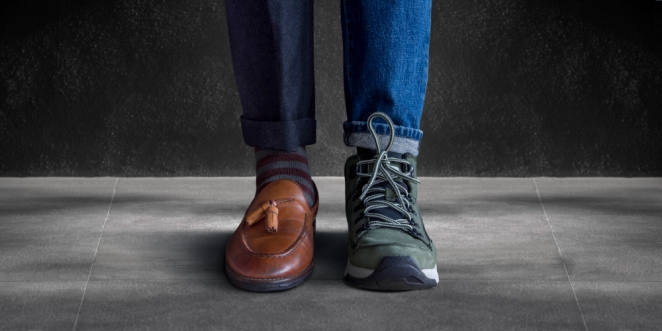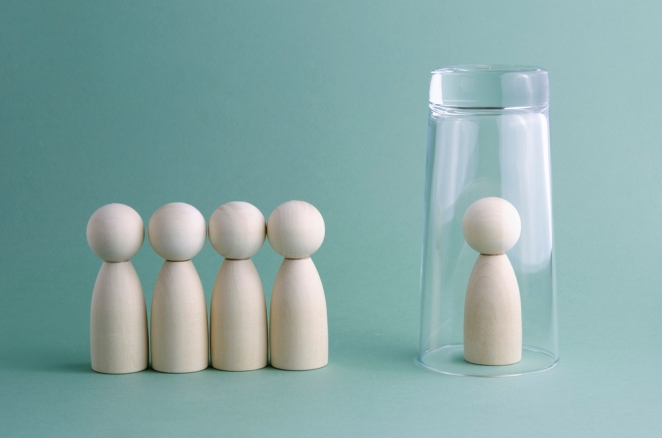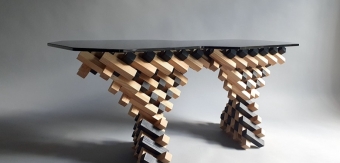Any working adult will know that not every idea, or every piece of work, is going to cut-through. For those in creative roles, this can be difficult to deal with. Creatives put so much of themselves into their work, as a form of self-expression - of their individuality, values, and ideas. This can sometimes leave them open to taking criticism to heart.
For Andy Wilson, UK site lead at Dropbox, the key to better work and being more creative isn’t to obsess over every piece of negative feedback. He believes that the key to being more creative is to start caring less.

Psychologists suggest that we link our behaviour, performance, and productivity to our self-worth, and so perceived failure and rejection can feel like a blow to our ego. But the ability to detach from work can help ease this feeling, and it’s an important part of the process that can help decrease the risk of burnout and increase future motivation.
All of this is hard when you need to have a microscopic focus on quality for your clients, coupled with the challenge of understanding when something is done. This is also compounded when you can have a near infinite time at your remote desk, nuancing every pixel, frame, and soundbite.
While detachment can be a useful tool when it comes to work, it can be tricky to find the right balance between caring too much, or too little. So, what can we do to strike the perfect balance in our day-to-day lives?
Finding the balance

When receiving negative feedback on your work, it can be normal to have triggered feelings of frustration, shame, or embarrassment. The ability to detach yourself from feedback can help you process those feelings in a productive and controlled way. This could look like completely stepping away from the work following the feedback, to come back to it with a refreshed perspective.
We recognise that feeling refreshed and creatively renewed is a core part of delivering your best work. That’s why we encourage our employees to take “Unplugged” time off. This automatically shuts down access to work related technology when they take time out.
This provides an opportunity to really step away, take a break, and come back to the work with a new creative perspective.
This sort of emotional distancing can transform your work. A study by researchers at the University of Giessen in Germany compared the problem-solving power of those in varying emotional states. The research showed that “participants in negative moods performed worse than participants in positive moods, but both groups were outperformed by the neutral-mood reasoners.”
Pausing for a moment to reframe a situation can be hard. People often misinterpret detachment from work as a lack of caring, but detachment doesn’t necessarily mean disregard or indifference - its virtue is that it offers a middle ground between the two extremes of caring too much, and not caring at all.
Put it into practise

Finding the balance between excess and defiant detachment isn’t easy - lean too much towards the former and you risk skewing your judgment, while too far towards the latter, and you risk losing a sense of reward and fulfilment. Applied detachment is a skill that takes time to master and requires conscious effort and regular practice.
Whether you want to validate your judgment with an objective perspective, or foster a healthier connection with your work, there are a number of techniques and strategies that you can apply.
One is to work on finding the ultimate creative focus of your work and ensure that you keep that in focus. When approaching the final stages of a project, look back to the brief and ask yourself, “Did my creative energy drive progress towards the best outcome?” not “What resources or creative blocks did I have that meant it wasn’t perfect?”
It’s also important to know when to break away. Added to the lack of physical difference between office and home are the ongoing digital notifications, which can make it hard to switch off and break away.
Businesses can embrace non-linear workdays, by which employees set aside ‘Core Collaboration Hours’ which is a set timeframe for meetings and collaborative work. Outside of these hours, employees are free to work at times that best suit them and their creative flow.
An aspect of setting boundaries is being able to clearly communicate with your teams when you’ll be working and when you won’t, that way, when you’re taking a break, your colleagues know to leave you be.
You are not your job

To master the skill of detachment it’s key to remember that you are more than just your job. Patricia Linville, an associate professor of business administration at Duke University, first coined the phrase ‘self-complexity’. This is the idea that people are able to contain numerous identities, for example, you might not be the same person with your friends and family, that you are around your colleagues or clients.
According to Linville, those with more complex self-representation tend to be more resilient to the negative effects of stressors. Its complex being focused on creative outcomes, but by building your identity beyond your job, when things don’t go to plan in that aspect of life, it won’t feel like such a blow to your sense of self.
As creatives it’s vital to care about your output, your quality, your goals, but it’s also important to remember it isn’t the be all and end all. Learning how to emotionally detach from your working day will allow you to properly reset and come back to work with an open mind and fresh perspective.






